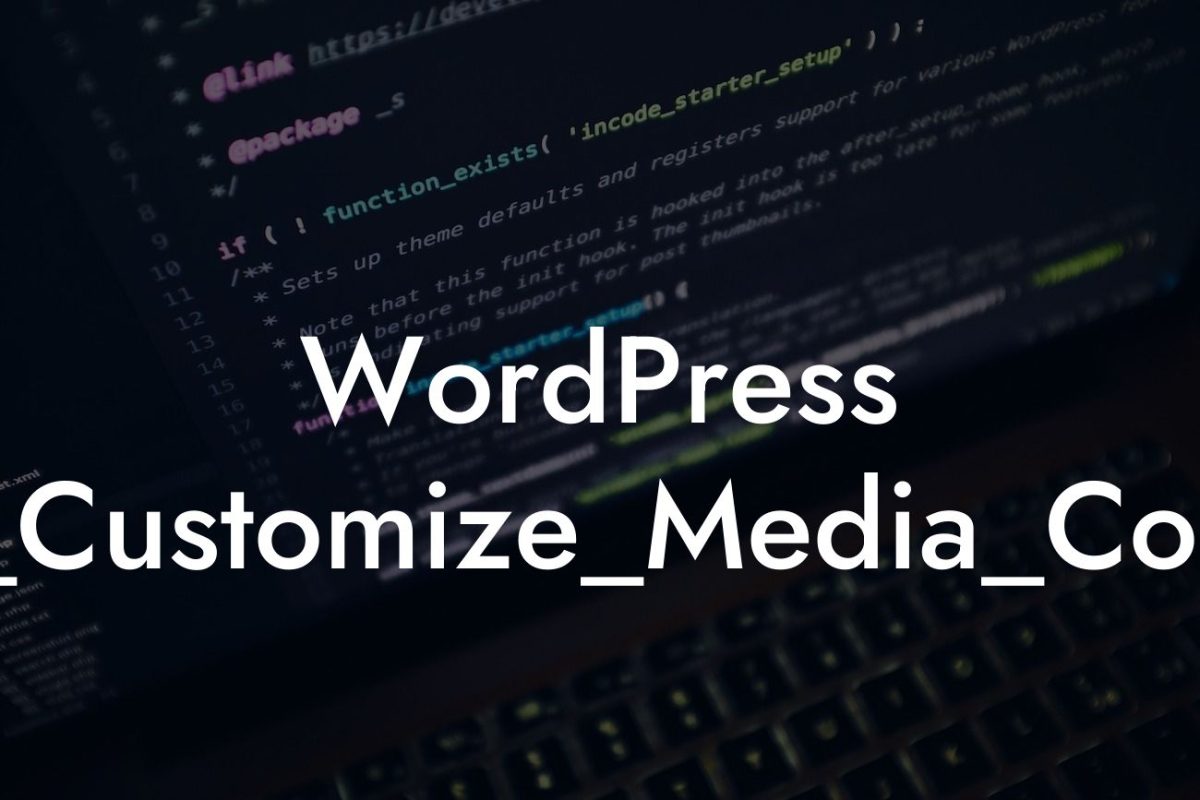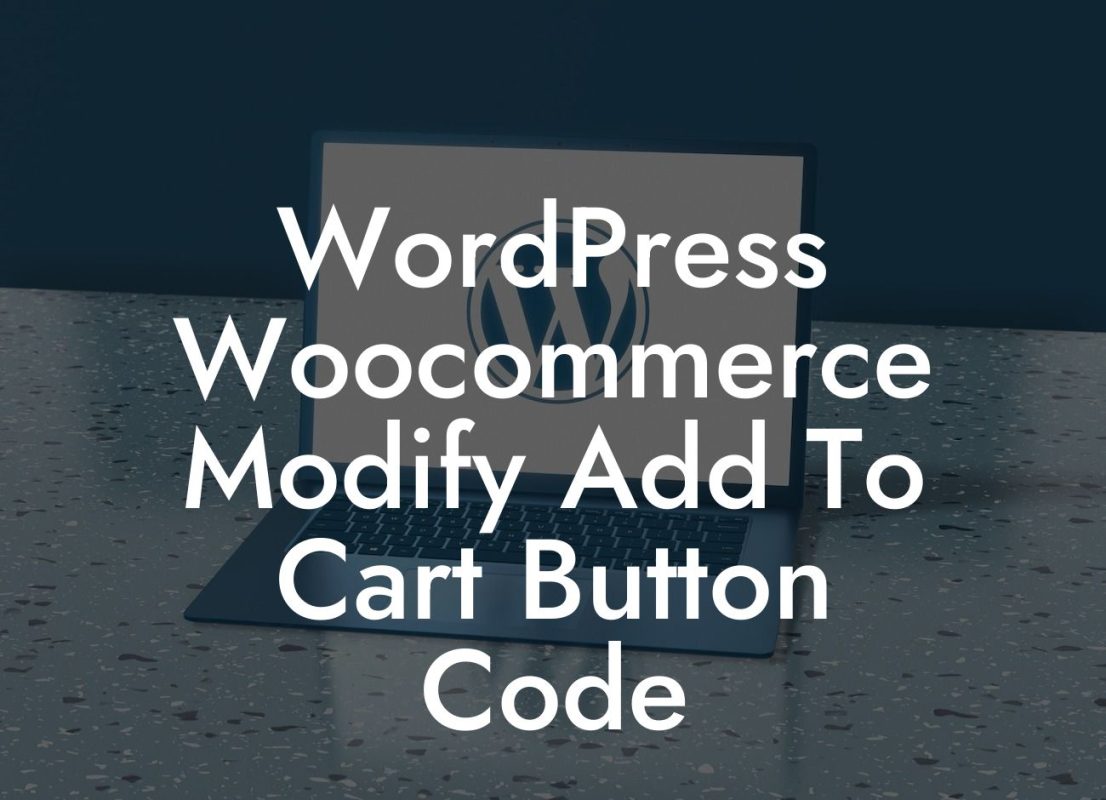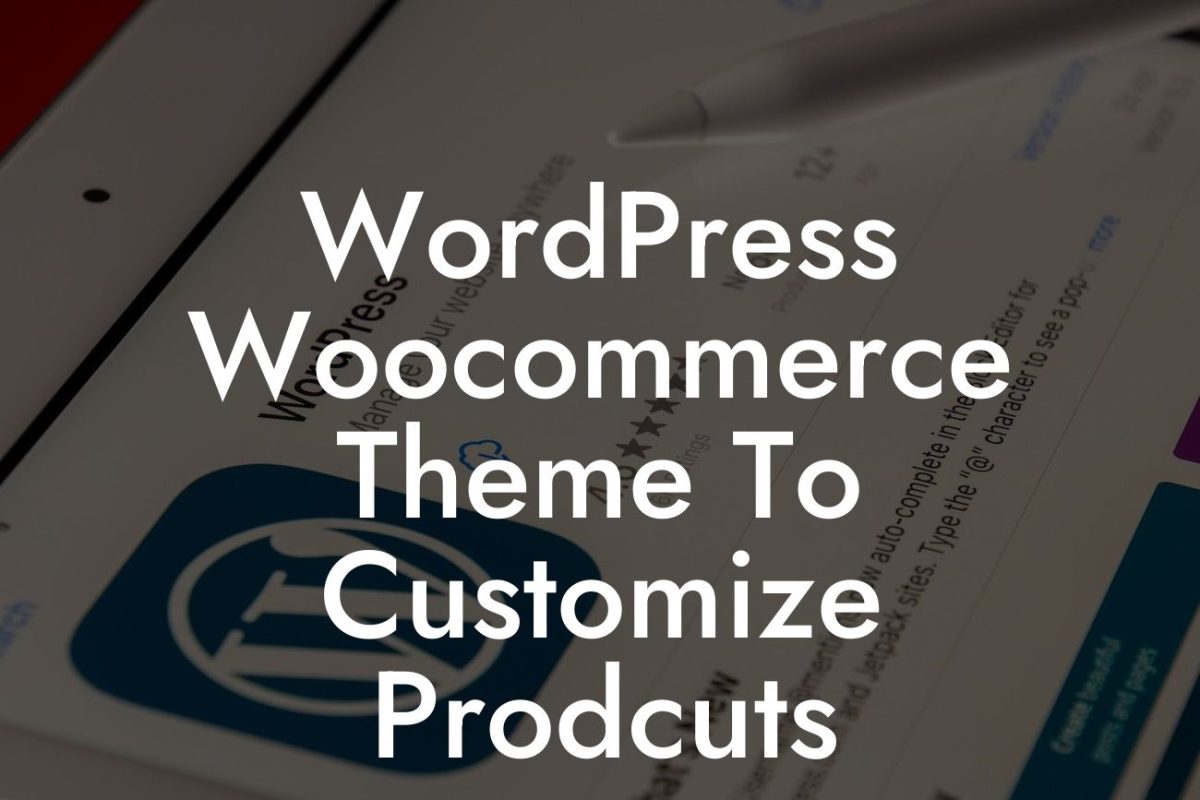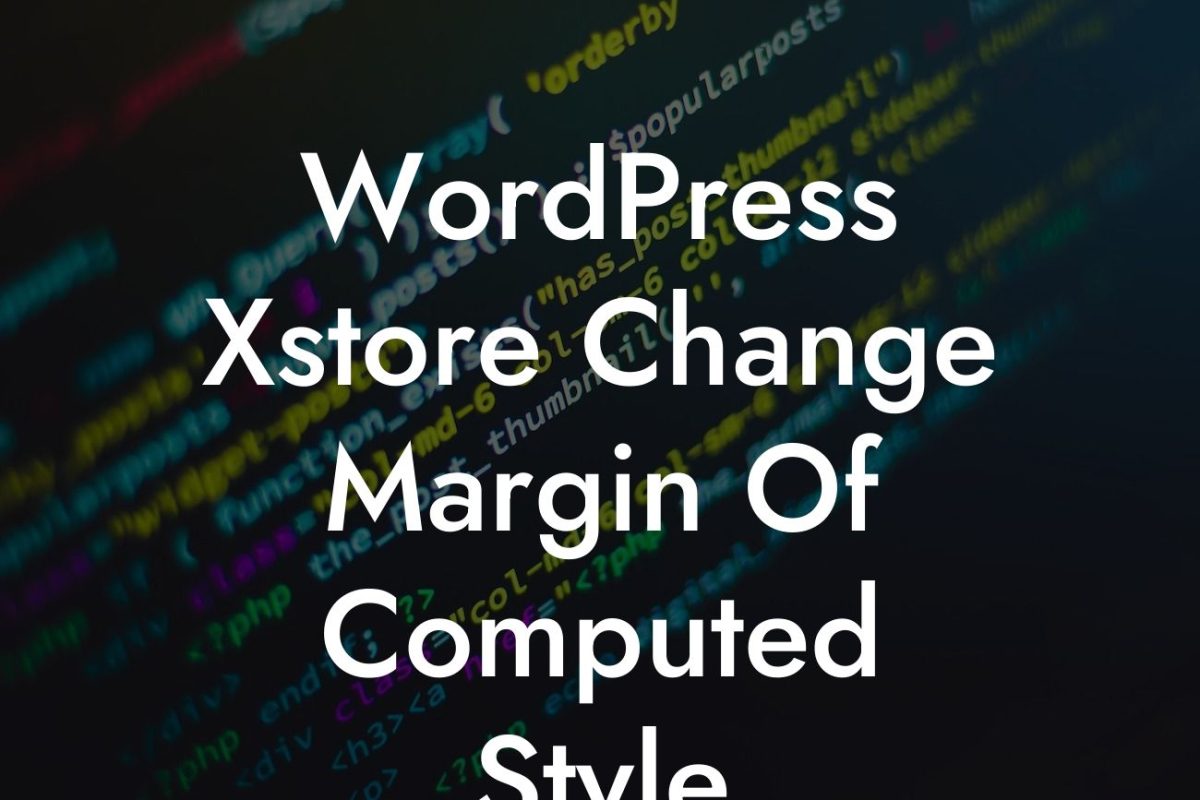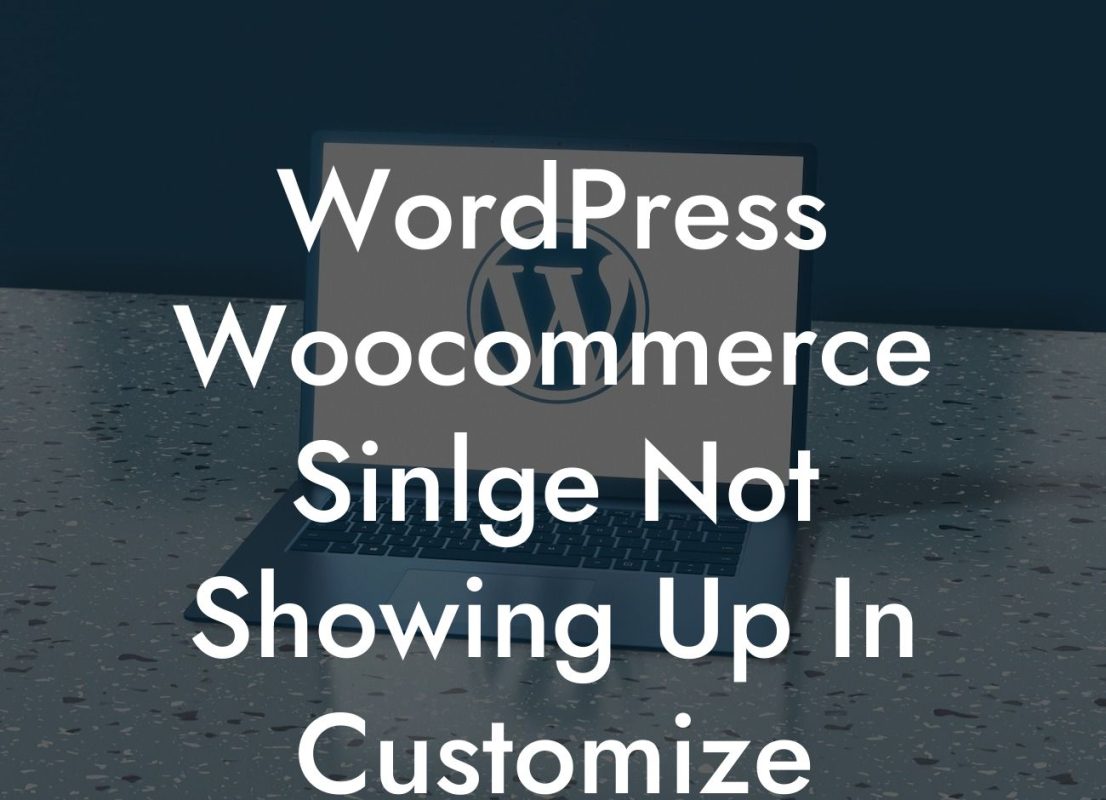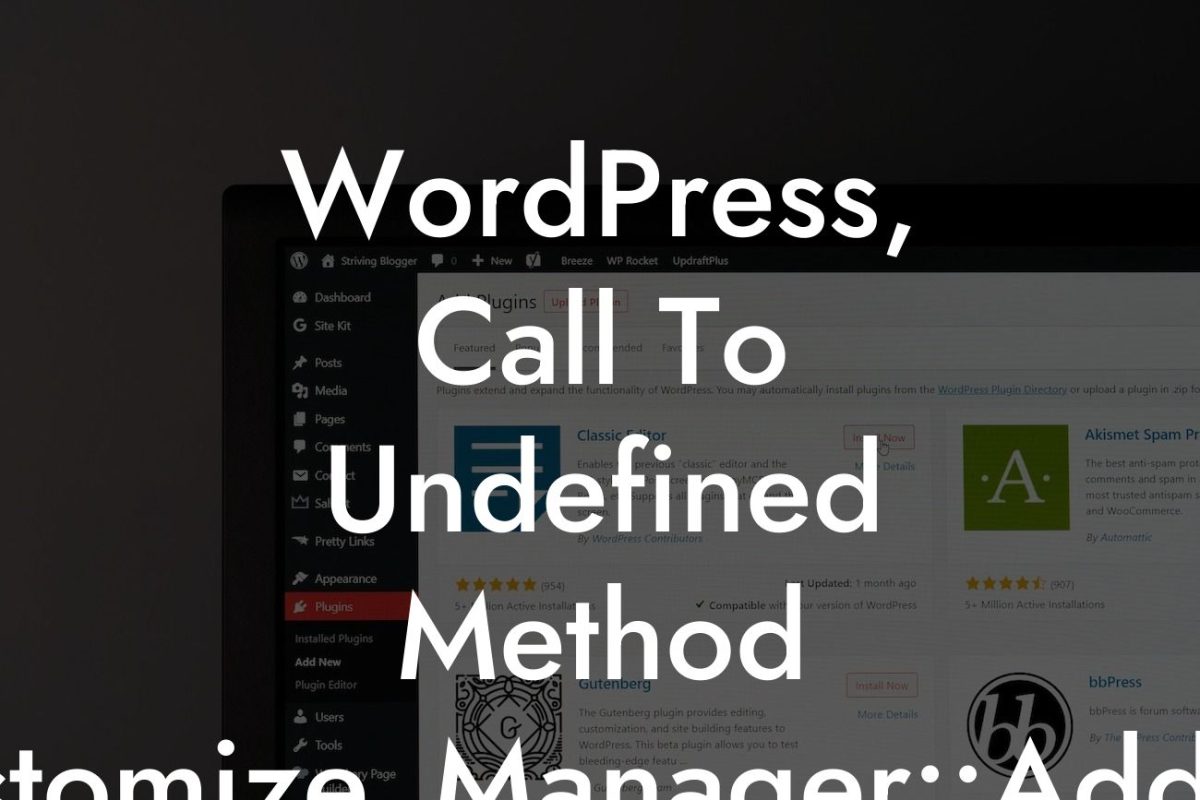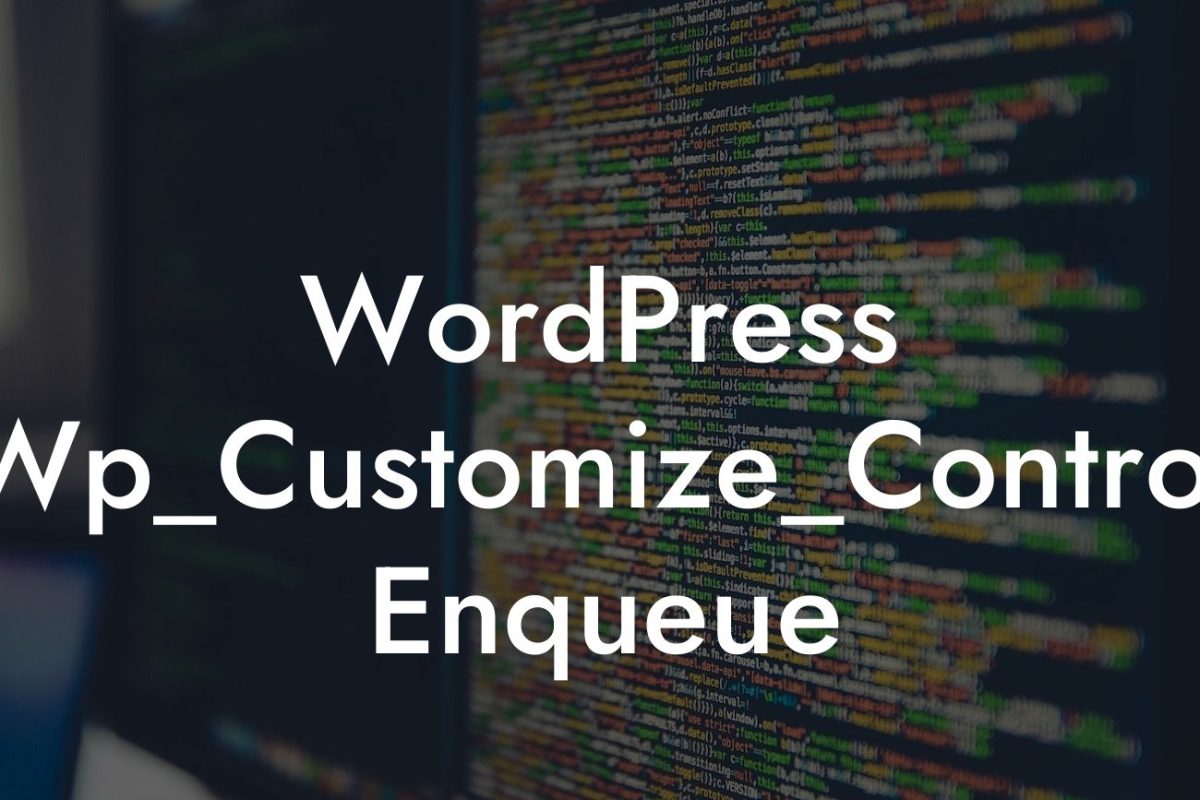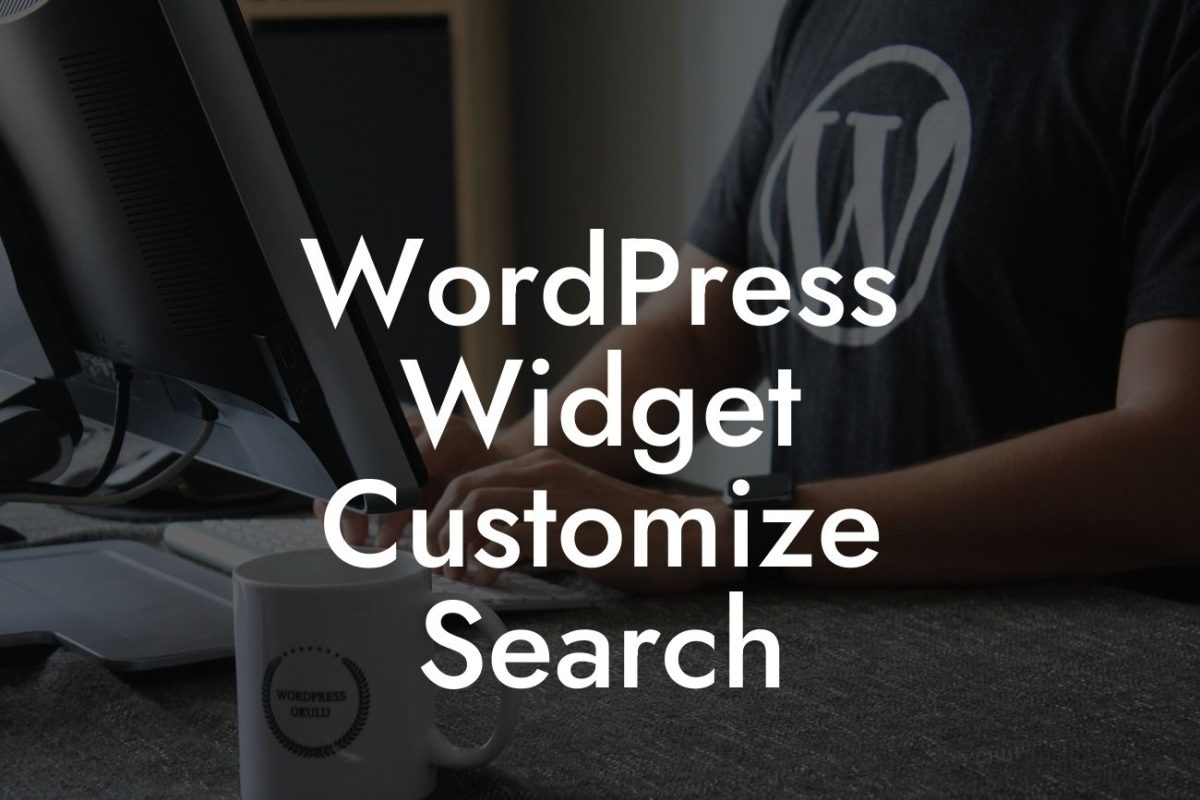WordPress is a popular platform for creating and managing websites. It empowers small businesses and entrepreneurs to establish a strong online presence. However, there may come a time when you need to delete a WordPress account. Whether you're rebranding, closing a business, or simply starting fresh, this guide will walk you through the process step-by-step. Say goodbye to outdated websites and streamline your online presence for success. But before we delve into the details, let's understand why deleting a WordPress account is important and what potential challenges you may encounter along the way.
Deleting a WordPress account involves a series of steps, so let's break them down for you:
1. Back up your website:
- Before deleting your WordPress account, it's crucial to create a complete backup of your website. This backup will safeguard your valuable content, media, and configurations. You can utilize plugins like UpdraftPlus or manually export your content through the WordPress dashboard.
2. Inform your audience:
Looking For a Custom QuickBook Integration?
- Deleting a WordPress account means removing your website from the internet. It's essential to inform your audience about the change. You can consider creating a landing page explaining the reason for your account's deletion and providing alternative ways to stay in touch.
3. Save important content:
- Take the time to save any essential content from your WordPress account, such as blog posts, images, or customer testimonials. This will allow you to repurpose and maintain valuable assets in the future.
4. Cancel subscriptions and services:
- If you have any WordPress-related subscriptions or services, it's crucial to cancel them before deleting your account. This will prevent unwanted charges and avoid any unnecessary complications.
How To Delete A Wordpress Account Example:
Let's consider a scenario where Sara, a small business owner, is closing her photography studio. She wants to delete her WordPress account to avoid maintaining an inactive website. Here's how she successfully accomplishes it:
1. Sara first backs up her website using the UpdraftPlus plugin, saving all her images, blog posts, and customer portfolios.
2. She informs her clients via email and adds a temporary landing page on her website explaining the closure. She also provides alternatives for clients to reach out for further inquiries.
3. Before deleting the account, Sara saves all her blog posts and testimonials. She plans to repurpose them in the future for her new business venture.
4. Sara cancels her WordPress theme and other related subscriptions, ensuring she won't be charged for services she no longer requires.
Congratulations! You have successfully learned how to delete a WordPress account. By following these steps, you can confidently transition from an outdated website to a fresh start. Remember, DamnWoo is here to support you in all your online endeavors. Explore our other guides and discover our awesome WordPress plugins designed exclusively for small businesses and entrepreneurs. Supercharge your success today!
Note: This article may contain affiliate links for products we highly recommend. By using these links, you support DamnWoo and contribute to the continuation of free, high-quality content for small businesses and entrepreneurs.


